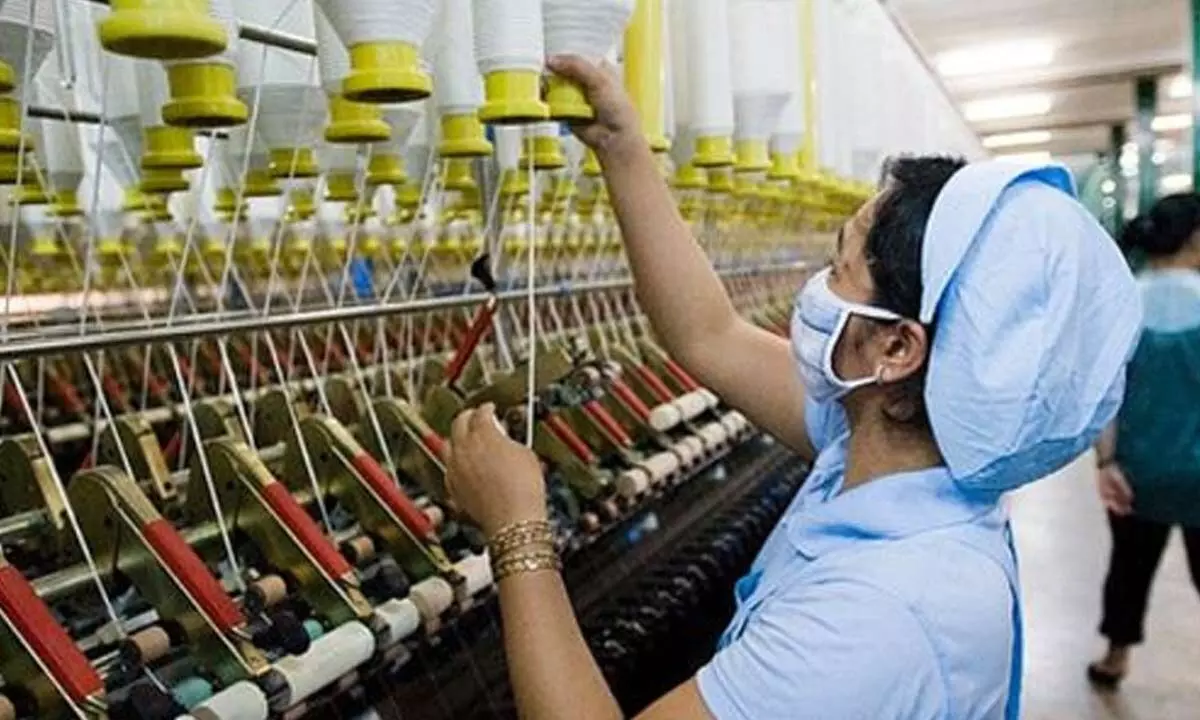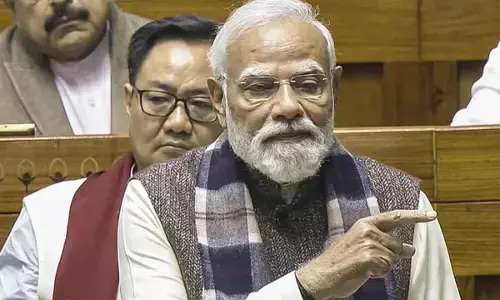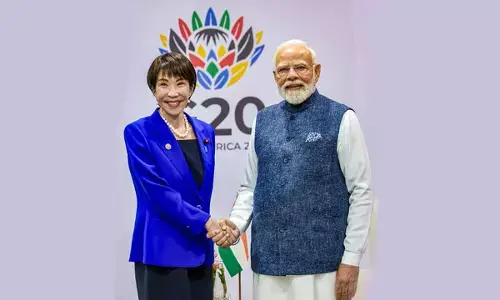Textile industry needs to come out of comfort zone

Textile industry needs to come out of comfort zone
Almost 10 leading garment exporters of India have come forward to invest under Production- Linked Incentive (PLI) scheme and it is good to see that now along with the cotton, they will also make their strong presence in man-made fabric or garments based on man-made fabric.
Almost 10 leading garment exporters of India have come forward to invest under Production- Linked Incentive (PLI) scheme and it is good to see that now along with the cotton, they will also make their strong presence in man-made fabric or garments based on man-made fabric.
Our industry was always well aware of the growing demand and scope of man-made based garments, but certain limitations were there and due to these limitations, India couldn't grab much share of this productsegment.
These limitations, like limited processing expertise, and less product development in the yarn and fabric stage, will reduce now, as companies are not only getting incentives, but also support in procuring raw material.
But the mindset and a sense of satisfaction rather than an appetite to grow and grow continuously are also the reason why there are very few global champions in the Indian textile and garment industry.
And that is why despite having the world's largest man-made fabric manufacturing hub in Surat, India is globally known for cotton-based garments only.
And this issue is not limited to cotton or man-made fabric, the majority of the industry works in its comfort zone and on a set pattern only. Why Tirupur in Tamil Nadu, Ludhiana in Punjab, and Kolkata in West Bengal are mainly known for knitted garments, while Mumbai in Maharashtra, Delhi-NCR, and Karnataka's Bangalore is known mainly only for woven garments majorly. Similarly, the same is the condition with most of the other hubs like Ahmedabad in Gujarat for denim, Indore in Madhya Pradesh for kidswear, Panipat in Haryana for home furnishing, and Jaipur in Rajasthan for women's fashion garments only.
One may have a strong argument that every region has its own strength and identity, but as the raw material is almost same to the majority of the textile-based products, the entire supply and value chain is also established there. If most of the hubs have most of the product range or at least increase their product basket then it will naturally not only increase their business, but will also motivate or force them to do moredesigning, be more cost-competitive, and overall provide best service to theirclients. All this will be like a win-win for all.
These limitations are not only limited to hard-core textile or garment manufacturing, see Kolkata's example. All the leading undergarment brands for the mass market are from this hub only. There is hardly any undergarment brand from any other city having a strong market reach and brand value. There are disruptions from budding startups or some e-commerce firms as they have done it innovatively, be it design, or sustainable aspects.
So, nearly all the segments of the Indian textile and garment industry need product diversification, increase their scale and there is no real reason which can stop the flag bearer.
Government schemes may be there or may not be so, industry leaders, as well as startups or the players who dare to set new standards, all kinds of systems in place, and true professional culture across the organisation, should think and work in this direction.
Every stakeholder of our industry has to understand that in the textile and garment industry, Bangladesh or Pakistan is not our competitor be it garment export or even India's domestic market. Our fight is with China; coming out of our comfort zone we have to work in a way that we should have everything, at least the most possible resources, and products irrespective of the naturally developed strength of particular hubs or clusters.
Our government strongly believes that PLI will help us create global champions, why can't we have many global champions across the Indian textile and garment industry across all the clusters, producing a large variety of products that are different from raw material base to different usage to covering various markets within India as well as the globe.
Our government has set an ambitious target to become the number one country by 2047 and that will be possible only with continuously more employment generation, a strong economy, and massive export growth. And compared to the textile and garment industry there can't be any other segment to touch these heights.




















